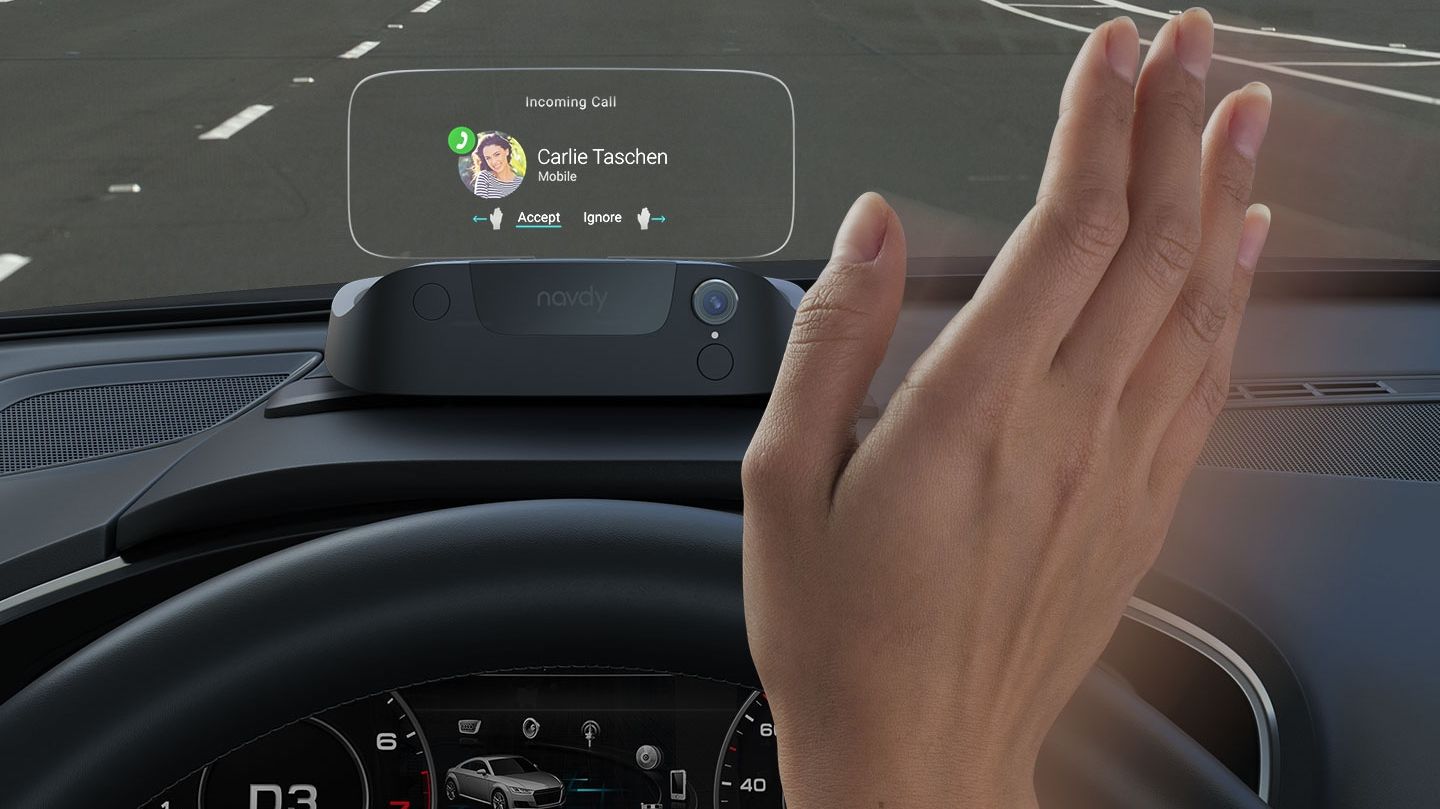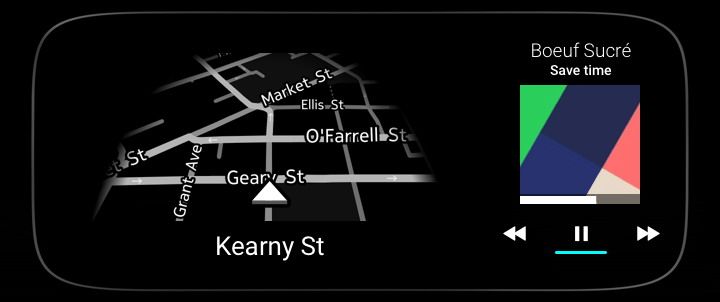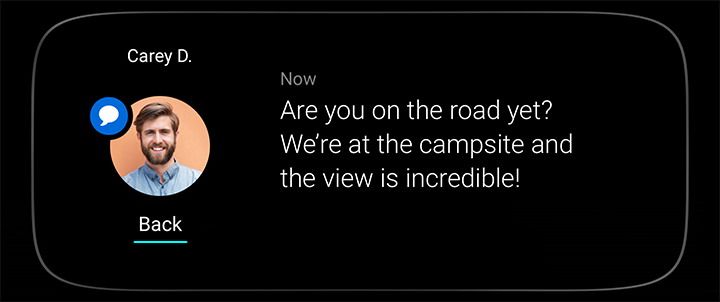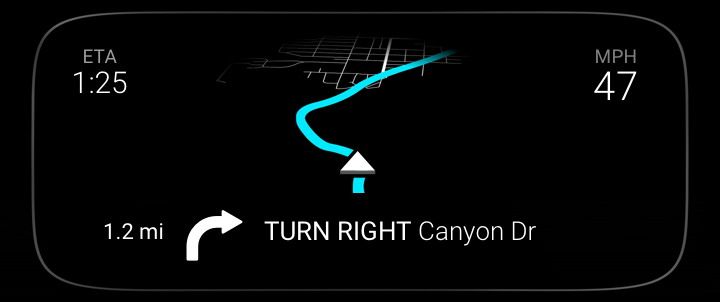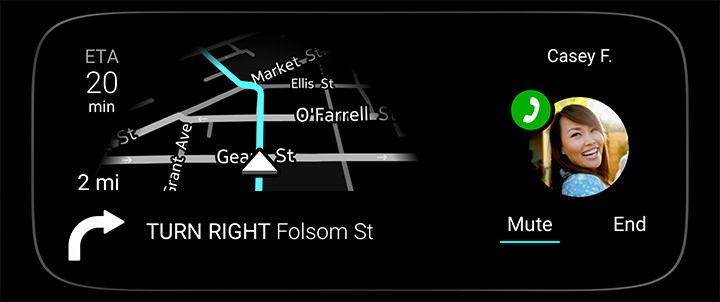A lot of today’s cars are technologically advanced enough to have head-up displays come as standard features. Some premium cars like the BMW 7 Series even have gesture controls to complement these displays. But if your car isn’t new or isn’t technologically advanced enough to cater this system, they’re largely left to their own devices, literally and figuratively. Well then, owners of such cars may want to listen because tech company Navdy has just introduced a new head-up display device that allows these modern technological features to work on old cars.
The product itself is also called Navdy and it’s pretty much a small black box with a transparent panel that sits atop a car’s dashboard. It functions similarly to how today’s HUDs work in that it makes the information it displays hover in front of the driver’s line of sight, ensuring that it functions the same way these HUDs work by presenting all these information in such a way that the driver never has to move his eyes away from the road.
What makes Navdy unique is its compatibility to older cars or at least those that have OBD-II ports that are typically found in the vicinity of the steering wheel, usually just below it or on the side of the driver’s side window. All that needs to be done to make the equipment work is to plug it into the port. Once it’s powered up, it uploads information like speed, engine RPM, and fuel levels into the display. Extra features like navigation, music-player control, calling, and other notifications can also be accessed if the device is paired with a driver’s smartphone through Bluetooth. Once it’s working up to its full capacity, Navdy will also be able to display full-color maps for navigation and the entire music library found in the owner’s phone. Oh, and gesture controls. Navdy can also accommodate that feature.
Just as important are the built-in offline maps that have been pre-programmed into the system. These maps may sound trivial in an online world, but they still play important parts, especially when a car is in a place where cell signals are compromised. In situations like that, the device has you covered.
About the only downside to the Navdy HUD accessory is the cost that comes with owning one. Turns out, those who want this modern tech on their old cars will have to pay a premium to the tune of $799.
If price isn't an issue, Navdy makes for a very appealing addition into a car. Setting up the device, at least according to the company, is relatively straightforward, thanks in part to easy-to-follow instructions. Customers in major cities - Los Angeles, Chicago, New York, Dallas, Houston, Atlanta, Miami, and the San Francisco Bay area, specifically - also have an alternative option of tapping into installation services, namely Enjoy, a delivery and installation service that brings tech products to a customer's address with a representative, who in turn teaches the customer the proper ways to use the products they buy, including, in this case, installing the Navdy device.
Continue after the jump to read the full story.
New school technology for old school cars
A big part of the appeal of the Navdy HUD system is pretty simple and Navdy CEO Doug Simpson said as much when describing the product that he and his company are selling. Basically, the Navdy HUD system bridges an important gap for car owners who have cars that don’t feature this sort of technology and capability. The HUD system allows them to make use of this technology without having to trade in their old cars for new ones with HUD built-in capability.
It may not sound like a big deal for car owners who already have the tech, but it’s very important for those who don’t. Granted, the price of the system – $799 – makes it very expensive and some people might disregard it completely because of it. That’s all fair because even for somebody who sees it as a worthy investment, I’m a little hesitant to pay for it. The company does offer an alternative price method – $33 for 24 months on an installment basis – so those who aren’t comfortable shelling out $800 in one drop will have the option of paying of the product on a cheaper, albeit longer payment plan.
Even owners of cars that don’t have the OBD-II port like models built before 1996 are expected to be able to use the Navdy HUD system assign as the company finishes development for the version that can be powered by a car’s 12-volt plug.
Ultimately, I think that HUD displays have important roles to play in the future of the auto industry, not just in terms of novelty and safety, but also in terms of having access to all these information and having one place to show them. And just because older cars didn’t have the tech as standard options back then, there’s no reason for them not to have them now because Navdy is making all of it possible.
Should there be interest in the product, Navdy is selling the device exclusively through its website but soon enough, the company plans to expand availability through other means, including Amazon and other online retailers, as well as brick-and-mortar shops.

